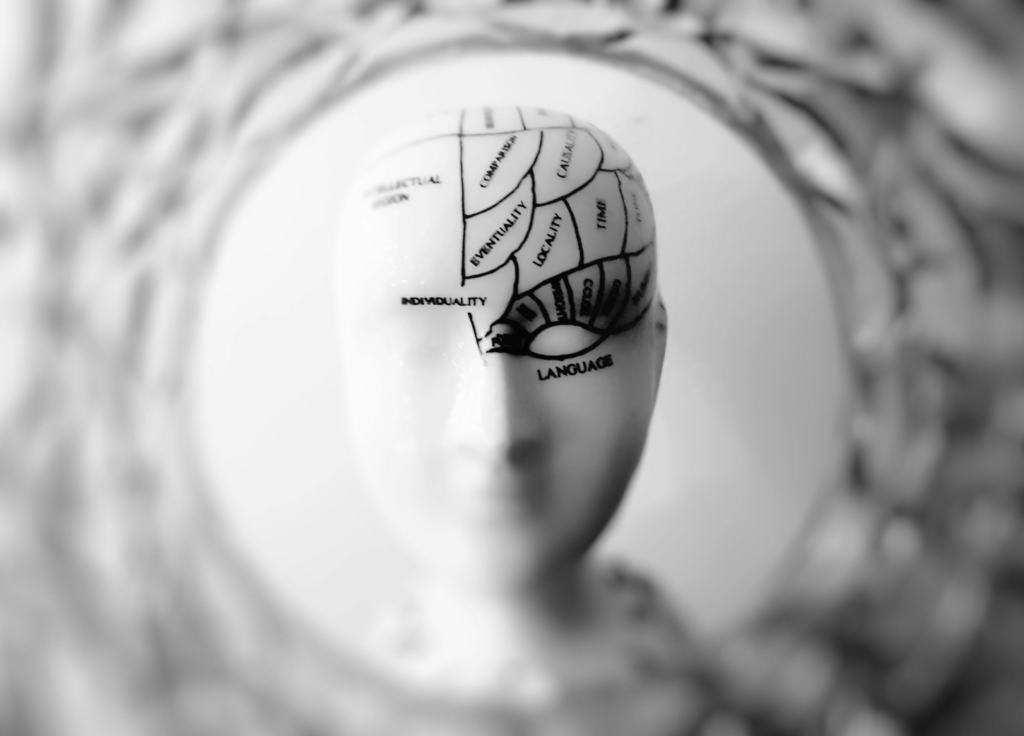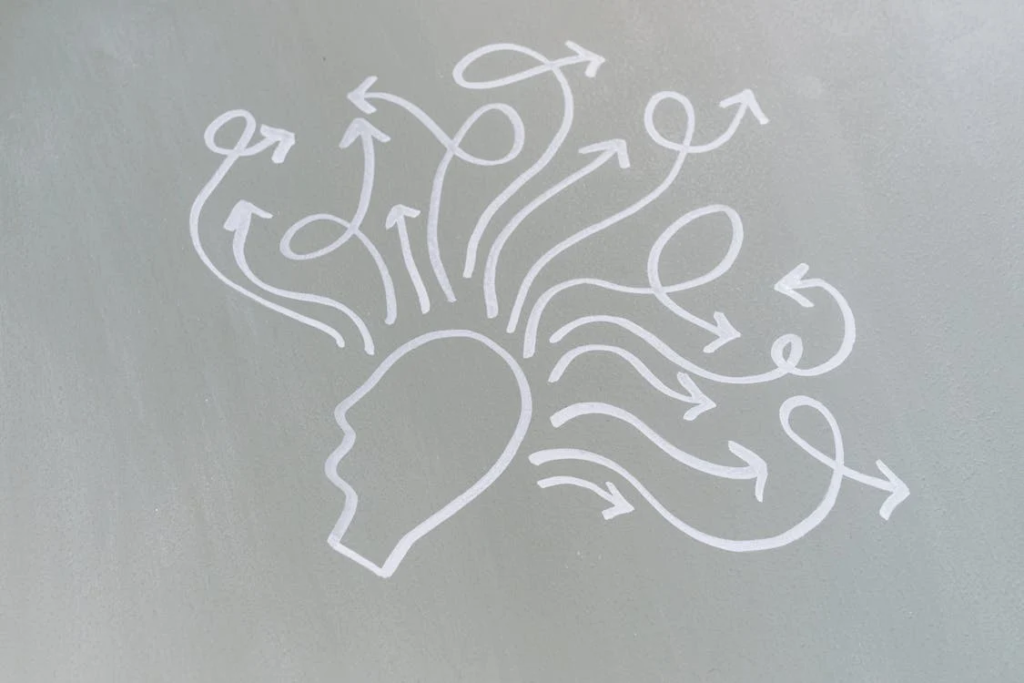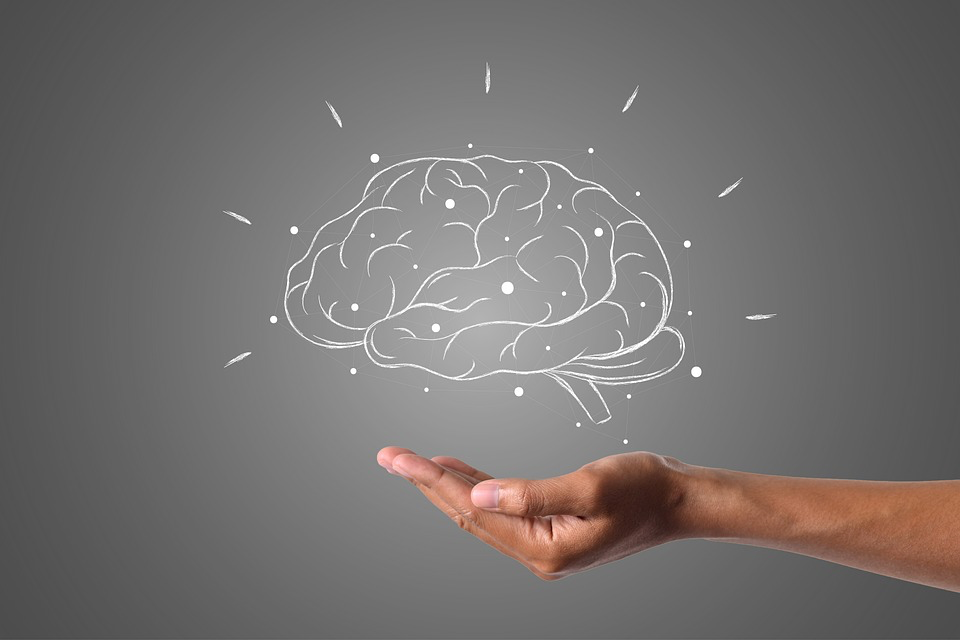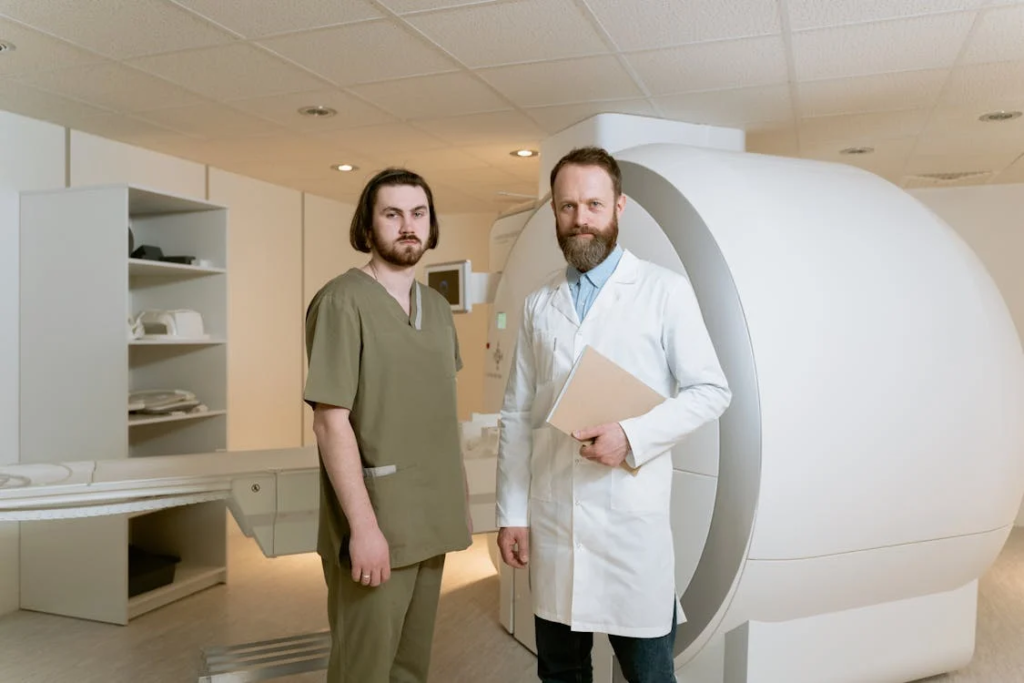Every morning since January 2004, Rebecca Sharrock crosses off the date on a calendar. This ritual helps the 31-year-old Brisbane resident track time amid countless days stored with clarity in her mind. Unlike most people, Sharrock recalls specific days from years ago with precision. Ask about July 21, 2007, and she’ll tell you it was a Saturday when her stepdad bought the newly published Harry Potter and the Deathly Hallows. “I fear that I won’t know the exact date otherwise,” Sharrock explains. “Blurring days together just scares me.” Sharrock is one of roughly 60 known people worldwide with Highly Superior Autobiographical Memory (HSAM), a condition allowing extraordinary recall of life experiences.
Discovering Her Unique Memory

Sharrock didn’t realize her memory was unusual until January 23, 2011, when her parents showed her a TV news segment about people with remarkable recall. The story featured Professor Craig Stark, a researcher studying this rare condition. For Sharrock, remembering with such clarity had always seemed normal. A warm breeze still triggers memories from her childhood, including a vocal workshop at school when she was 13 years old. “On that day in late October 2003, the US president visited Australia for the first time,” she recalls. “That memory brings back that whole day.”
Read More: After Losing His Pulse for 45 Minutes, Man Awoke with an Extraordinary Glimpse of the Afterlife
The Science of Superior Memory

HSAM was first recognized in 2006 after Jill Price contacted Dr. James McGaugh at UC Irvine. Price described her memory as “non-stop, uncontrollable, and totally exhausting.” According to UC Irvine’s studies, “Individuals with HSAM recall specific details of autobiographical events, spend time thinking about their past, and have a detailed understanding of calendar patterns.” Joey DeGrandis, another person with HSAM, showed signs around age 10. “Someone would mention an event from years ago, and I’d casually say, ‘Oh, that was a Monday,’” he explains. His mother verified these claims against old calendars, finding his recall accurate.
The Burden of Remembering Everything

For people with HSAM, extraordinary memory often feels like a mixed blessing. Many struggle with the inability to forget painful experiences. “I need distractions such as noise and light to sleep,” Sharrock shares. “If everything’s quiet, memories flash into my mind and keep me awake.” DeGrandis notes: “I tend to dwell on things longer than the average person. When something painful happens, like a breakup, I don’t forget those feelings.” For Sharrock, who also has OCD, anxiety, and autism, negative memories retain their emotional impact. “If I’m remembering something negative, my emotions of that experience will come back,” she explains. She describes her condition as isolating: “It’s awful to be a medical exception because few people understand what you’re going through.”
The Limits of Superior Memory

Research shows that HSAM is specific to autobiographical memory. These individuals don’t perform better on standard memory tests. “I’m not great with names, or with mundane details like whether I brushed my teeth today,” DeGrandis admits. Professor McGaugh explains that while HSAM memories are more detailed, “they’re still not video recordings. Memory is a distracting process, and what we pull from our brains isn’t always entirely accurate.”
Read More: Toddler Claims to Remember Being Murdered in a Past Life and Identifies Where He Was Buried
Brain Differences and Connections to OCD

Scientists have found structural differences in the brains of people with HSAM, with many exhibiting obsessive-compulsive traits. “We found things in terms of morphology and functional connectivity that were more consistent with OCD than anything else,” one researcher notes. This may explain why many with HSAM are meticulous about tracking time.
Beyond HSAM: Claims of Earlier Memories

While HSAM typically involves memories from early childhood onward, some individuals claim to remember even earlier experiences, including past lives. James Leininger began having nightmares about plane crashes at age 2. He provided specific details about being a World War II pilot named James Huston who was shot down near Iwo Jima. His parents found matches between their son’s statements and historical records.
Ryan Hammons began telling his mother at age 4 about his “other life” in Hollywood. He claimed to have been a movie extra who became a talent agent. When shown a photo from a 1932 film, he identified himself as “Marty.” Research revealed a man named Marty Martyn who had indeed been an extra before becoming a Hollywood agent. Such reports remain anecdotal and challenge the conventional understanding of memory formation.
Future Research

Scientists continue studying HSAM to better understand memory. Current research includes working with identical twins where only one has HSAM. “We now have a set of twins in the study, one who has this ability and one who doesn’t,” McGaugh reports. “We also have younger people, one as young as 8, with the ability. “Researchers plan to conduct functional MRI scans to see if HSAM brains process information differently. McGaugh notes this research “may provide insights into how the brain stores and retrieves memories. It may even be useful in the fight against Alzheimer’s disease, although it’s too soon to say how.”
For Rebecca Sharrock, the future holds both challenges and hope. While science works to understand her condition, she navigates a world in which forgetting remains a luxury she doesn’t possess. “Remembering this way just seems so normal to me,” Sharrock says, a reminder that for this tiny fraction of humanity, extraordinary memory is simply their everyday reality.
Read More: Man Claims He Impregnated Girlfriend and Her Mother At The Same Time, and He ‘Has No Regrets’

